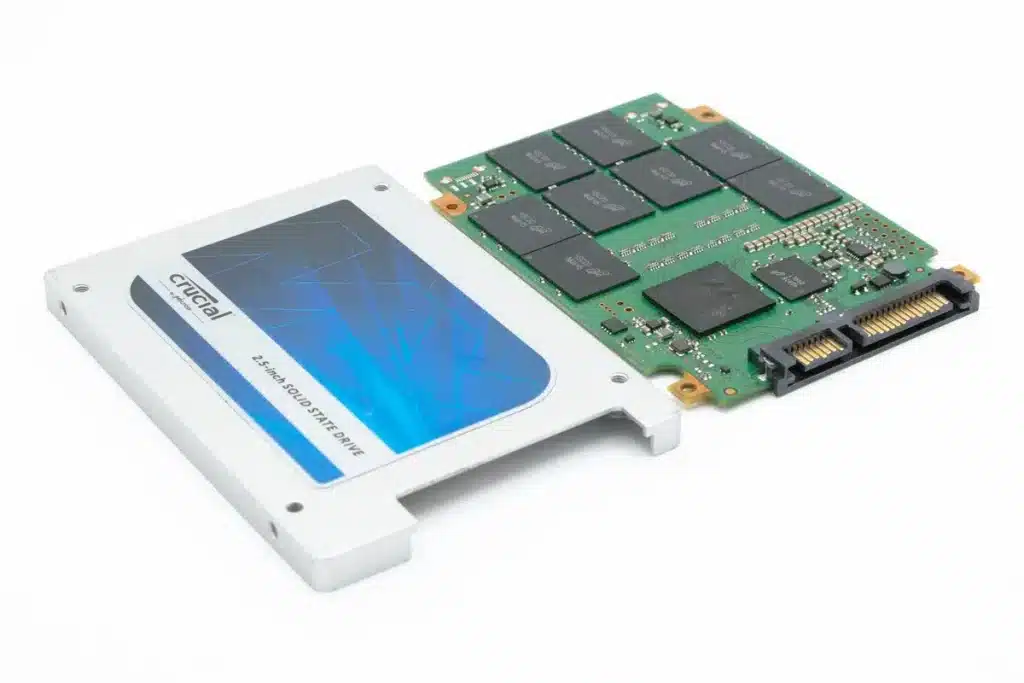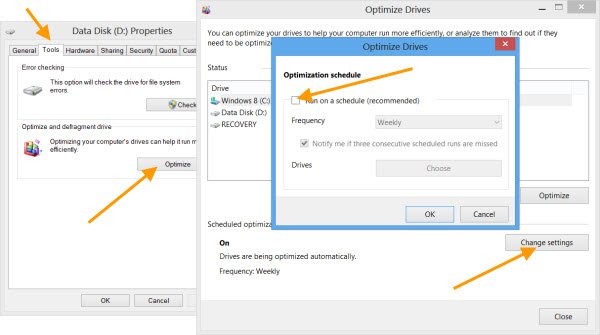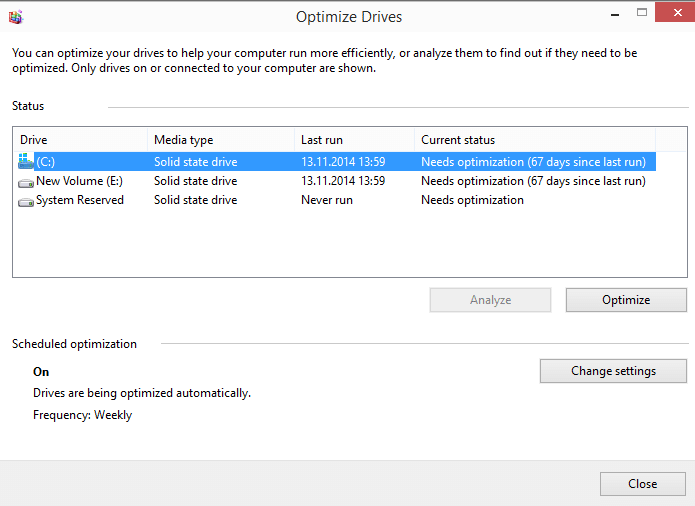Roads & PavementRoads & Pavement
Barefoot
Minimal
Low
Medium
High
Maximal
All around running shoes offer comfort and cushioning for daily runs, jogs, walks, and long mileage. They offer enough versatility for both faster and slower runs and are a great option for those who want one running shoe to do it all.
Fast run or uptempo running shoes are lightweight and responsive. They offer streamlined designs that have minimal uppers and offer a high level of energy return. These shoes are a great option for faster runs in the week or those looking for a livelier experience.
Max Cushion shoes offer premium cushioning with ample ground protection and a stable ride. These types of shoes provide abundant impact protection that softens landings while running at any pace or distance. These types of shoes are best for slower recovery runs and easy days where comfort takes priority.
Racing shoes are designed with optimal performance in mind. These types of shoes have snug-fitting uppers, energetic midsole foams, and features implemented for maximum efficiency. These types of shoes are best for runners looking to gain the ultimate advantage in races but may sacrifice some durability and comfort.
Gym Workout shoes offer a stable and versatile ride. They have a firmer underfoot feeling that provides stability for lateral movements with comfortable uppers. These types of shoes are best for trips to the gyms, cross training, casual wear, and light running. Why You Should Never Defrag Your SSD
Road running shoes feature smooth outsoles that are designed for running on paved surfaces such as roads, sidewalks, and bike paths.
Designed to handle most trail runs, these shoes prioritize comfort and a smooth ride. These shoes are great for anything from smooth singletrack, park trails, and fireroads making them ideal for those who run from their doorstep on streets before hitting the trail.
These shoes are best used for hard, rugged trails such as shale, granite or sandstone where grip on smooth surfaces and underfoot protection are important.
Designed for use in muddy, soggy conditions, these shoes feature very aggressive outsoles that dig deep into soft ground for exceptional traction.
These shoes feature technical outsoles designed to grip snowy and icy trails making them ideal for winter trail running.
Cushioning level, or stack height, refers to how much shoe is between your foot and the ground. For this category, we reference the amount of cushioning below the forefoot as the heel height will be equal to or greater than the forefoot height.
Enable or Disable Defragmentation for SSD in Windows 11 10
0-13mm. The Shoe generally does not have a midsole and feels like there is no cushioning. This shoe is all about feeling the ground underfoot.
14-18mm. The shoe has a thin midsole that allows for a natural running experience. Racing shoes and minimalist shoes are common here. These shoes offer a feeling of being connected to the road or trail.
19-23mm. The shoe has a slightly cushioned feel and may feature added cushioning technologies. Performance training shoes and some trail shoes are common here. These offer protection during footstrike but prioritize a lightweight, grounded experience.
24-28mm. These shoes have a stack height that fall near the middle of the spectrum.The shoes in this category are verstaile and great for all types of runs and distances.
29-34mm. The shoe has a thick midsole and ample cushioning. These shoes are highly protective and absorb more impact than the body.
35mm plus. The shoe has an extremely thick midsole and extra cushioning. The focus is on protection and soft foam underfoot with hardly any ground feel.
Neutral shoes support the foot through a normal range of arch collapse and generally do not have a built-in technology to correct movement.
Stability shoes are a great option for those who overpronate or need added support. These shoes help to limit the inward rolling motion of the ankle while running or walking and assist in guiding the foot straight through the gait cycle. Should You Defrag SSDs The Truth about Disk Defragmentation
Product Details:
Disk Defrag Disk SpeedUp Glarysoft Knowledge Base clearance, SSD Defragmentation Risks of Defragging SSD clearance, Microsoft is preparing a fix for a Windows 10 bug that affects clearance, Defrag an SSD or Not clearance, Do we still need to defrag disks after installing them in solid clearance, Does Defragmenting A Solid State Drive Cause Data Loss clearance, SSD Defrag problem Windows Level1Techs Forums clearance, Should You Defrag an SSD clearance, Uhm Why is Windows 11 trying to defrag my ssd s It s just clearance, How to optimize hard disks and SSDs in Windows 10 clearance, How To Optimize Solid State Drives SSD clearance, Is Defragmentation Necessary for Your SSD Blog In Tech clearance, When to defrag a hard drive TRIM an SSD and other storage tasks clearance, Do I Need to Defrag My SSD or Flash Drive clearance, Windows 10 Help Forums clearance, Should I Defrag My SSD in Windows 10 clearance, How to Trim Your SSD and Defrag Your Hard Drive in Windows PCMag clearance, Does Defragmenting a Solid State Drive Cause Data Loss clearance, SOLVED Does Windows Defrag SSD s What Is SSD Optimization Up clearance, Trusted Computer Consulting Blog clearance, Should I Defragment My SSD or USB Flash Drives Ask Leo clearance, How to disable the automatic defragmentation of SSD on Windows 10 clearance, Windows 10 Help Forums clearance, O O Defrag 22 Professional will keep your SSD fully optimized clearance, Why doesn t SSD drive need to defragment like normal hard disk clearance, Should You Defrag an SSD clearance, Should I defrag my SSD PC Gamer clearance, Should I defrag my SSD clearance, How to Trim Your SSD and Defrag Your Hard Drive in Windows PCMag clearance, windows 10 fixing a heavily fragmented HDD Super User clearance, Best Practice Why you can defragment both SSDs and HDDs. O O clearance, Do You Need to Defrag Your Hard Drive or SSD clearance, ssd What does clearance, Do you need to defrag SSD What happens if you defrag a SSD clearance, What Is Disk Defragmentation Do I Really Need To Defrag My PC clearance, Should You Or Should You Not Defrag An SSD Comprehensive Guide clearance, Fragging wonderful The truth about defragging your SSD PCWorld clearance, Windows SSDs and Defragmentation the definitive answer gHacks clearance, Should You Defrag SSDs The Truth about Disk Defragmentation clearance, Enable or Disable Defragmentation for SSD in Windows 11 10 clearance, Why You Should Never Defrag Your SSD clearance, SSD Defragmentation Risks of Defragging SSD clearance, Defrag an SSD or Not clearance, SSD Maintenance Tips to Maintain Performance and Extend the Life clearance, The Great Debate Do SSD Need Defrag clearance, Should You Defrag an SSD clearance, Windows 10 tip Defrag secrets for hard disks and SSDs ZDNET clearance, optimize drives the current status will keep saying needs clearance, How to Trim Your SSD and Defrag Your Hard Drive in Windows PCMag clearance, SSD Defragmentation Risks of Defragging SSD clearance, Product Info:
Do ssd need defrag clearance.
- Increased inherent stability
- Smooth transitions
- All day comfort
Model Number: SKU#7391508





